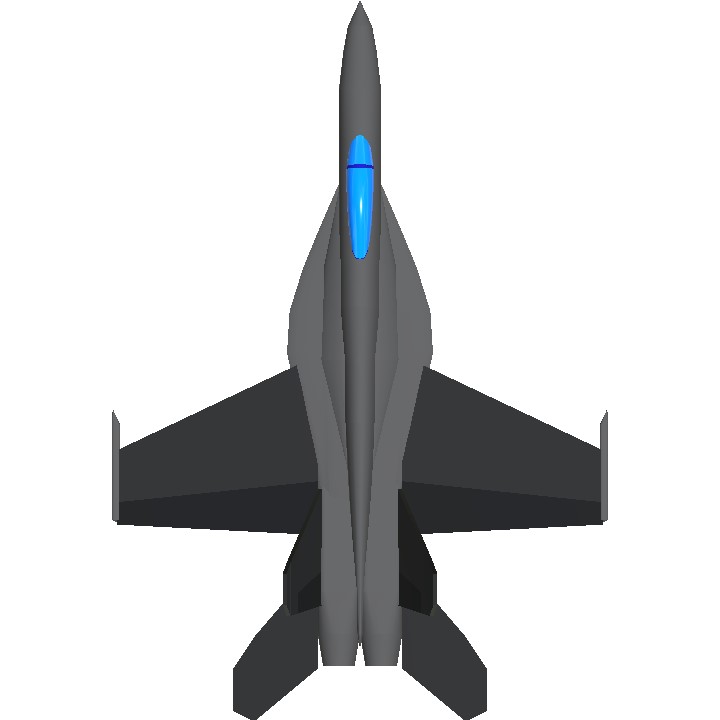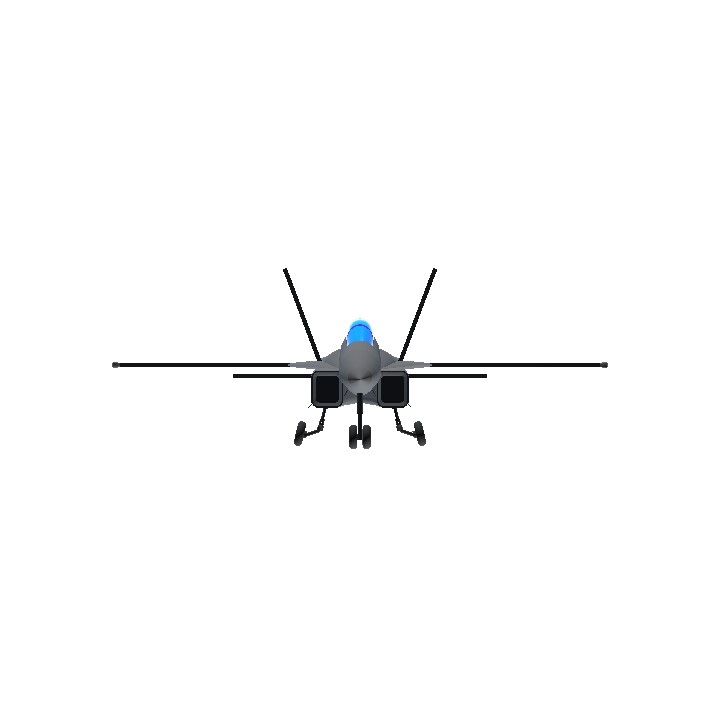The F/A-18 was designed to be a highly versatile aircraft due to its avionics, cockpit displays, and excellent aerodynamic characteristics, with the ability to carry a wide variety of weapons. The aircraft can perform fighter escort, fleet air defense, suppression of enemy air defenses, air interdiction, close air support, and aerial reconnaissance. Its versatility and reliability have proven it to be a valuable carrier asset, though it has been criticized for its lack of range and payload compared to its earlier contemporaries, such as the Grumman F-14 Tomcat in the fighter and strike fighter role, and the Grumman A-6 Intruder and LTV A-7 Corsair II in the attack role.
The Hornet first saw combat action during the 1986 United States bombing of Libya and subsequently participated in the 1991 Gulf War and 2003 Iraq War. The F/A-18 Hornet served as the baseline for the Boeing F/A-18E/F Super Hornet, its larger, evolutionary redesign.


Specifications
General Characteristics
- Predecessor F/A 18 EF
- Created On Android
- Wingspan 38.5ft (11.7m)
- Length 55.8ft (17.0m)
- Height 13.9ft (4.2m)
- Empty Weight 20,355lbs (9,233kg)
- Loaded Weight 25,618lbs (11,620kg)
Performance
- Power/Weight Ratio 1.315
- Wing Loading 51.3lbs/ft2 (250.5kg/m2)
- Wing Area 499.3ft2 (46.4m2)
- Drag Points 4533
Parts
- Number of Parts 61
- Control Surfaces 6
- Performance Cost 433




